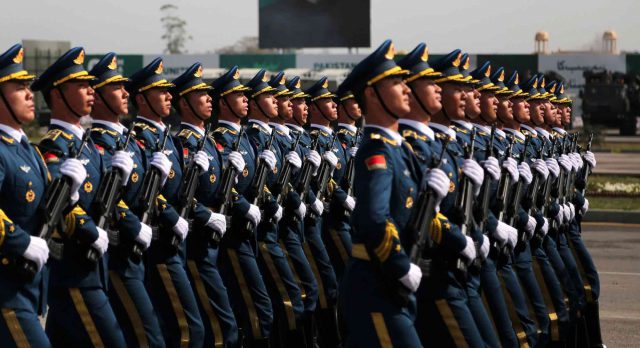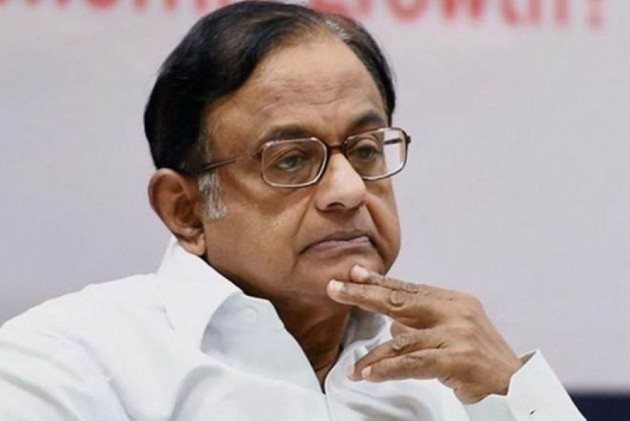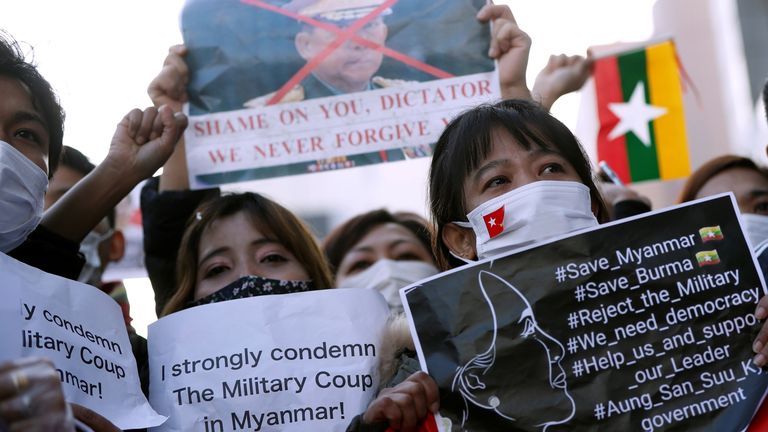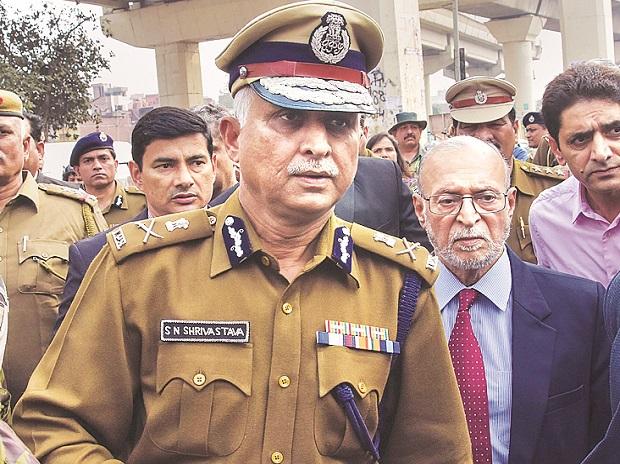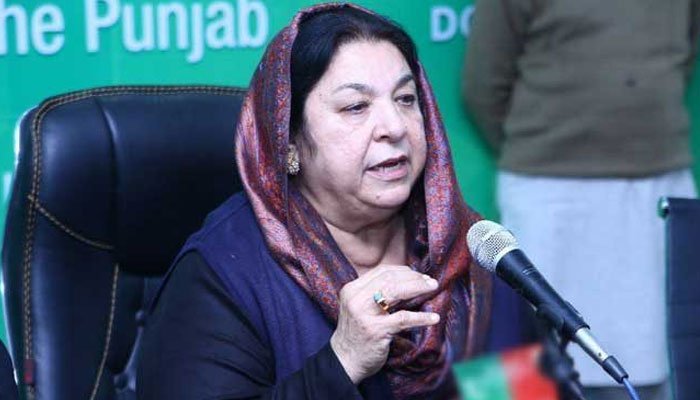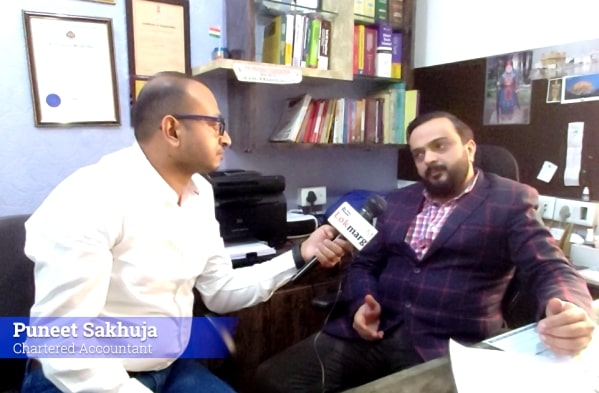Early March, during the annual National People’s Congress (NPC), is when China typically announces its defense budget for the coming year. As that time approaches for 2021, it is useful to analyze how well the official figures actually reflect reality, or whether they are deliberately deflated to hide the true extent of Chinese spending on its military.
It is important because China is the second-highest defense spender in the world behind the USA, plus its expenditure is almost 3.5 times that of third-placed India.
Last year’s defense budget was delayed till late May because of COVID-19. In 2020 the publicized budget rose 6.6 percent to CNY 1.27 trillion (USD 179 billion), compared to the year before, “to step up preparations for armed combat,” according to Chairman Xi Jinping. To put this in perspective, that annual increase of CNY 78 billion was almost identical to the complete defense budget of Taiwan for the same year.
With media reports beginning to mount up that the People’s Liberation Army (PLA) will increase personnel salaries by up to 40 percent in order to recruit and retain quality personnel, this year’s percentage budget increase could well be significantly higher than those in previous years. China’s defense budget has grown in only single-digit percentage increases since 2016, with the PLA enjoying double-digit increases for nearly 30 years prior to that.
There is almost no visibility on how China spends its money, though it appears China has been diverting a greater proportion of money to equipment. For example, the 2019 Defense White Paper revealed that in 2010 about 32 per cent of the budget went on equipment, a figure that had risen to 41 percent by 2017.
Zhang Yesui, the 2020 NPC spokesman, insisted that “hidden military spending” did not exist in China. He assured, “From where the money comes from to how the money is used, everything is accounted for.” Yet China’s spending priorities are not only opaque, they are deliberately hidden, which makes it difficult to ascertain what spending actually is.
Trying to make sense of China’s secrecy, this month Nan Tian and Fei Su of the Stockholm International Peace Research Institute (SIPRI) prepared a report entitled “A New Estimate of China’s Military Expenditure”.
The authors attempted to come up with a more accurate defense spending figure, and in doing so they revised previously released figures. Originally, SIPRI estimated that China’s 2019 budget was USD 261 billion, as opposed to the official figure of USD 176 billion for 2019. However, under its new methodology, SIPRI has revised the figure downwards to CNY 1,660 billion (USD 240 billion), some USD 21 billion less than its previous estimate.
This is a significant change. For example, whereas SIPRI once estimated that defense spending was 1.48 times that of the officially publicized budget, that now falls to 1.36 times.
Why the change, then?
Nan and Fei explained: “Changes in defense and economic policies can have a significant effect on military activities and how they are accounted for. Some expenses that were considered extra-budgetary in the 1990s or 2000s had probably become part of China’s official budget by 2019. In the new estimate of China’s military expenditure, new categories were added and others were removed or revised. For example, spending on military activities by the China Coast Guard is included in the new estimate, while appropriations for arms imports and commercial earnings from military-owned businesses are not.”
Changes in calculation were implemented to these categories: appropriations for arms imports; commercial income from military-owned businesses; research and development plus testing and evaluation; military-related construction; and subsidies for loss-making arms companies.
It is worth quickly examining each of these in turn, as it helps to understand what may or may not be covered by China’s budget.
Firstly, SIPRI has completely removed the appropriations for arms imports as being outside the national defense budget. This is relatively straightforward to do, since approximately three-quarters of Chinese defense imports come from Russia. The Swedish-based institution now uses Russian-supplied figures to more precisely calculate these values.
Some Western analysts suspect arms imports are paid from a special account outside the official budget, though Beijing claims they are incorporated in the equipment category of its procurement budget. The SIPRI researchers concluded, “Thus, without concrete evidence to support the suspicion of extra-budgetary spending on foreign procurement, Chinese arms imports can now be assumed to be part of the official national defense budget.”
Secondly, also now excluded from SIPRI’s estimates are profits from military-owned businesses. It was historically common for PLA units to supplement their income by offering “paid services” such as accommodation, hospital care or agricultural production. Since 1998, the government began clamping down on these activities. Later, in 2015, Xi ordered such ventures to cease within three years. Xinhua reported in 2019 that this “task is a heavy responsibility,” implying the target had not yet been reached although it must have surely diminished. Nonetheless, it is impossible nowadays to guess the value of remaining commercial ventures, so SIPRI has deleted such incomes from its estimates.
Thirdly, SIPRI retains a section on military research and development (R&D) and testing and evaluation that exist outside the regular defense budget. China asserts it is covered by the official budget, but some analysts describe this category as a “black box” and SIPRI itself says R&D estimates are “highly uncertain”. Basing calculations on annual changes in the general science and technology budget, SIPRI assumes that 90 percent of this goes to military programs.
Local defense spending represents approximately 2 percent of central spending, and perhaps a similar proportion goes on military R&D. However, with no reliable statistics available for what local authorities devote to the sector, SIPRI chose not to include it at all.
Fourthly, capital construction spending is not disaggregated between civil and military in China’s budget. Historically, about 5 percent of this expenditure was estimated to go on military construction, but SIPRI contends that the correct figure is more like 0.07 percent (or just CNY 96 million for 2019). This alternation in methodology is responsible for a huge drop in the institute’s estimates.
Fifthly, despite Chinese arms companies being perennial loss-making entities in the past, this is no longer true as burgeoning export sales occur for China. Any subsidies to loss-making factories were thought to be negligible by SIPRI, but it now realizes this may not be the case. A handful of companies still receive subsidies, including the China Electronics Technology Group Corporation (CETC). However, due to the unavailability of information, SIPRI is ditching this category in its calculations.
The report noted: “Overall, it can be concluded that the Chinese arms industry is profitable and competitive, and that an influx of capital market investment has led to a decreased need for government subsidies. It is likely, however, that some military-related subsidies remain, although they appear to be insignificant in monetary value. But since military-related and civil subsidies cannot be distinguished, an estimate of military-related subsidies cannot be made.”
However, there are many other complications in gaining a true understanding of Chinese defense spending.
To meet the complexities of China’s situation, SIPRI decided that five new spending areas should be added to the official budget. These are: the People’s Armed Police; the China Coast Guard; payments to demobilized and retired soldiers; additional military research, development, testing and evaluation spending; and additional military construction spending. These areas totaled CNY 448 billion in 2019, or 27 percent of the total estimate of CNY 1,660 billion.
The issue of the People’s Armed Police (PAP) is not straightforward, for instance. The PAP maintains internal security, and it would reinforce the PLA in time of war. Its funds are allocated via the public safety budget of the Ministry of Public Security through both central and local governments. SIPRI does include it in its figures now, and China actually released solid figures for the PAP up until 2018. Yet a third of the PAP engages in activities such as gold mining, forestry, border guards and firefighting, and such non-combat roles must be excluded.
What about the China Coast Guard (CCG)? It was transferred under the PAP in July 2018, and it often performs roles that overlap with naval/military ones. Traditionally, SIPRI did not count the CCG in its calculations, but the size of its fleet has grown 16 percent per year from 2015-19. Between 2011 and 2015, China probably spent about CNY 11.2 billion (USD 1.7 billion) annually on the CCG, but of course not all of that related to military activities. Nowadays, SIPRI regards 50 percent of the CCG’s role as being military, amounting to about CNY 11.1 billion (USD 1.6 billion) for 2019.
China’s 2019 Defense White Paper suggested that military pensions are included in the personnel category of its budget. However, it is known that pensions and demobilization allowances (the PLA cut 300,000 jobs after 2015, let it be remembered) are also partially funded through the Ministry of Civil Affairs. Compensation expenses are also covered by the Ministry of Veteran Affairs. These are now being rolled in to the total by SIPRI, and its estimates of payments to demobilized and retired soldiers is up 25 percent.
Nor has China ever included spending on its South China Sea reef bases in its budget, though it should be. China deviously maintains these facilities are a civil operation, even though military hangars, air defense missiles, military-grade radars and other elements are being installed. One estimate suggested it cost China USD 5 billion to develop each atoll in the South China Sea.
The authors summarized: “The most obvious change between the new and old SIPRI estimates of China’s military expenditure is the new CCG category. The biggest effect on the total estimate was made by changes to the PAP figures. The removal of non-military activities from the PAP in 2019 meant a substantial downward revision was needed…”
The report added, “It is noteworthy that the gap between the official Chinese national defense budget and the spending estimates made by the US Department of Defense (DoD) is also decreasing. Since the DoD has historically always estimated actual Chinese spending to be much higher than the budget, the decreasing gap is a further sign that a growing share of China’s spending on military activities is now in the official national defense budget.”
If SIPRI is accurate with its 2019 estimates, then military spending as a share of China’s GDP fell to 1.7 percent (from 1.9 percent), and as a proportion of total government spending it decreased to 5 percent from 5.4 percent .
The question remains, what will China’s defense budget for 2021 be? As the rest of the world reels from COVID-19, will China ram home an advantage and boost spending yet again, perhaps even more so than in previous years? (ANI)
